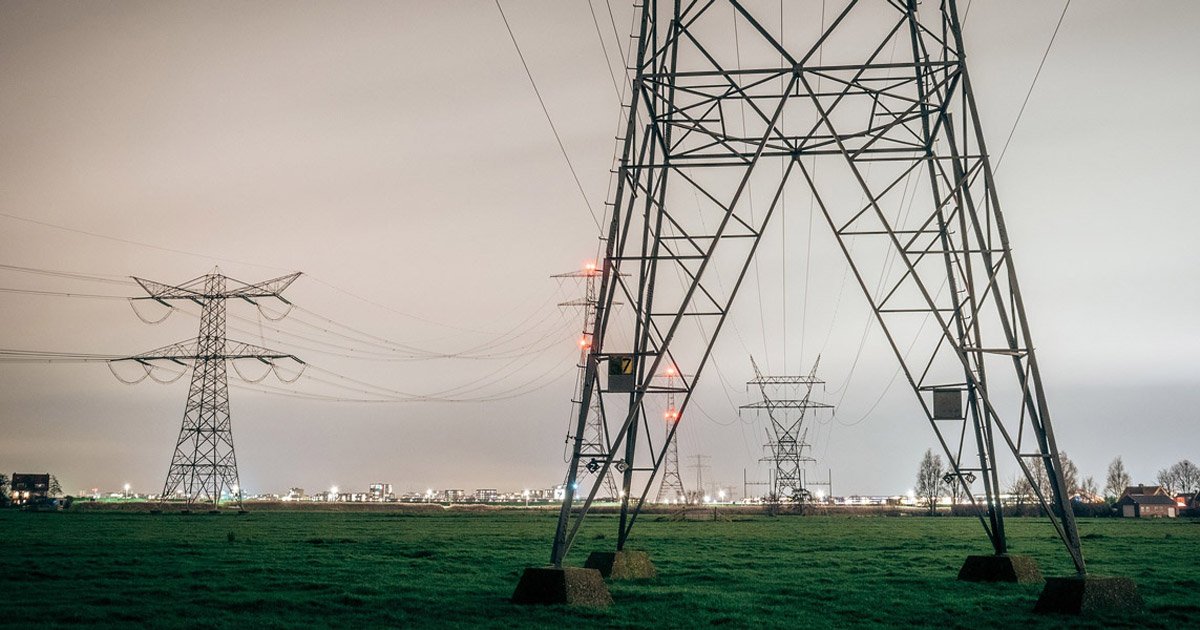AC vs DC: Why Australia should re-think its network plans

AEMO, AEMC, AER and East-coast NEM Participants have been put on notice
The Australian National Electricity Market is a complex, sophisticated, manually operated electricity generation, transmission, distribution, and wholesale network situated predominantly on the East Coast of Australia.
Underground HVDC Transmission Interconnectors or Transmission lines solve at least two problems for NEM Transmission and Distribution Participants in the event of bushfires and in planning the Risk Management of their Assets during bushfires.
AEMO, AEMC, AER and East-coast NEM Participants have been put on notice by the disastrous bushfire season that hit Australia in the summer of 2019/2020. The business plan for future NEM development cannot remain “Business as Usual”. Climate Change induced disasters must force a review of the Business Plan for the NEM.
There are 5 simple “Interconnections” between State boundaries on the NEM in 2020, with the NSW Victoria interconnection represented by a more complex 5 separate overhead AC links.
Of the 5 simple interconnections, 3 are HVDC (i) SA-Vic Murraylink, (ii) Tas – Vic Basslink, and (iii) Qld – NSW Terranora connections, and 2 are overhead AC connections.
In total, Australia in April 2020 has 3 x HVDC Underground and Subsea Interconnectors and 7 AC Overhead Interconnectors.
This diversity of interconnection complexity and technology leads to fundamental questions that prompted this analysis. Those Questions include at least:
- What is the difference between AC Interconnectors and HVDC Interconnectors?
- What are the Advantages of HVDC vs AC Interconnectors?
- What are the Disadvantages of HVDC vs AC Interconnectors?
- Why use AC or HVDC technology in Australia in 2020?
- Why build New Interconnectors, or upgrade Existing Interconnectors?
To find out the answers to these questions, visit Renew Economy

